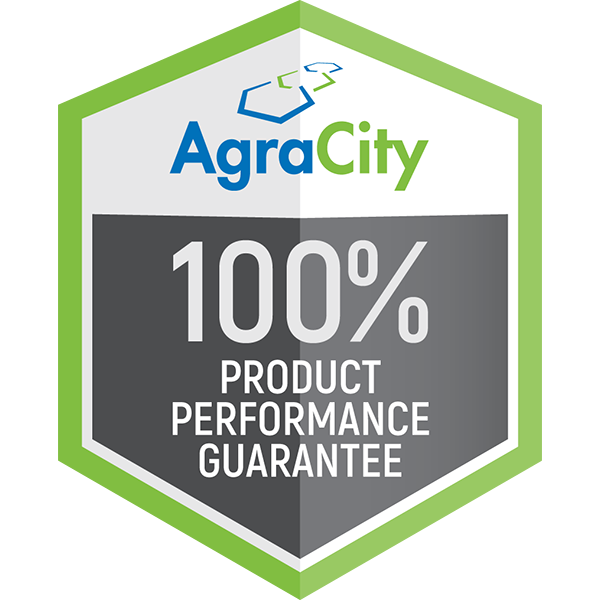Why Use Ammo®?
- Same active as Banvel
- Proven control of kochia, cow cockle, smartweed and wild buckwheat.
- Controls Group 2 and Group 9 resistant kochia
- Controls or suppresses multiple broadleaf weeds
- Use in all soil zones
- Flexible application timing: pre-seed, chemfallow or fall stubble
- Systemic modes of action for dependable control + resistance management
- No re-cropping restrictions the following year if used for pre-seed
- Dependable pre-seed or summerfallow control of broadleaf or perennial weeds at an affordable price














